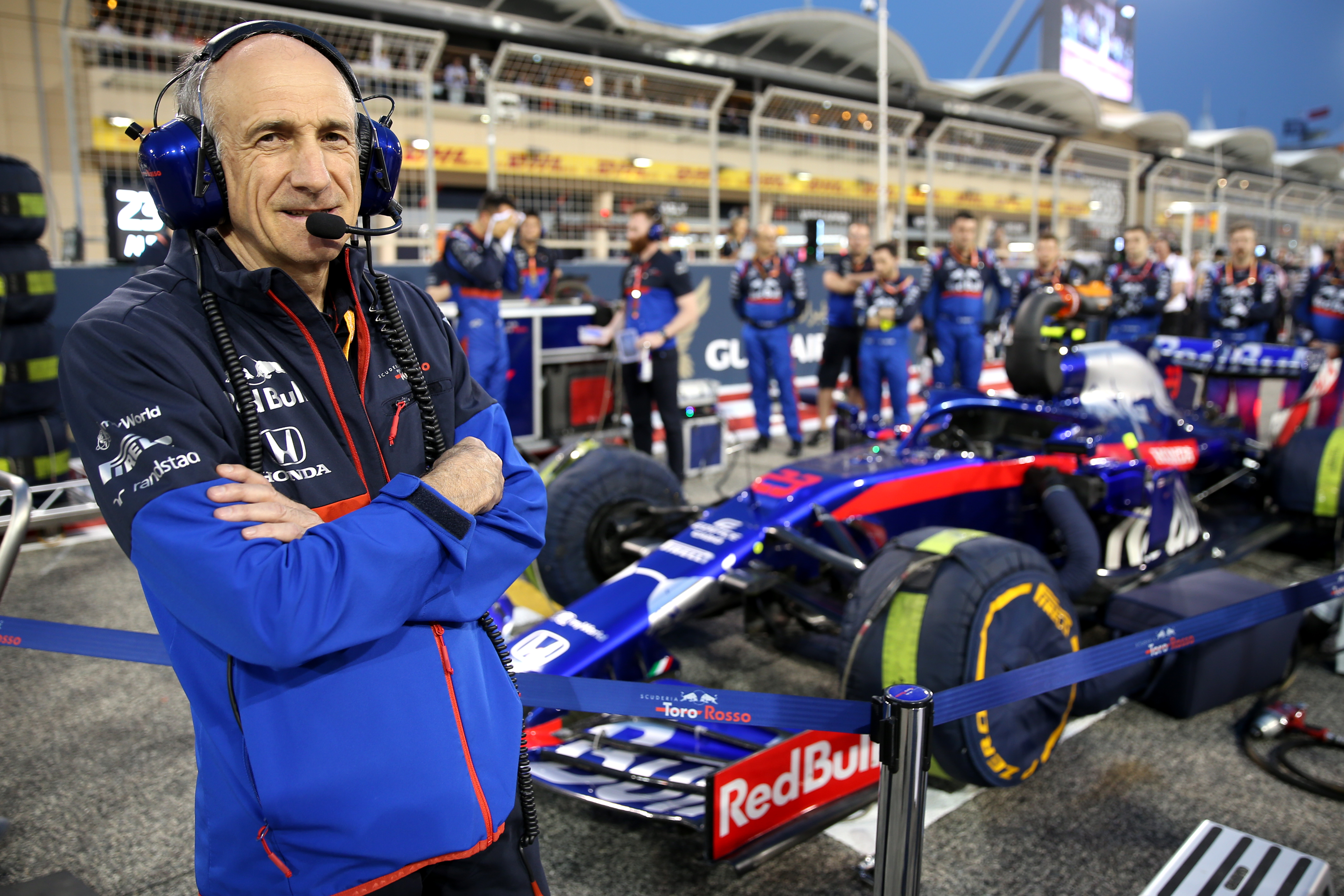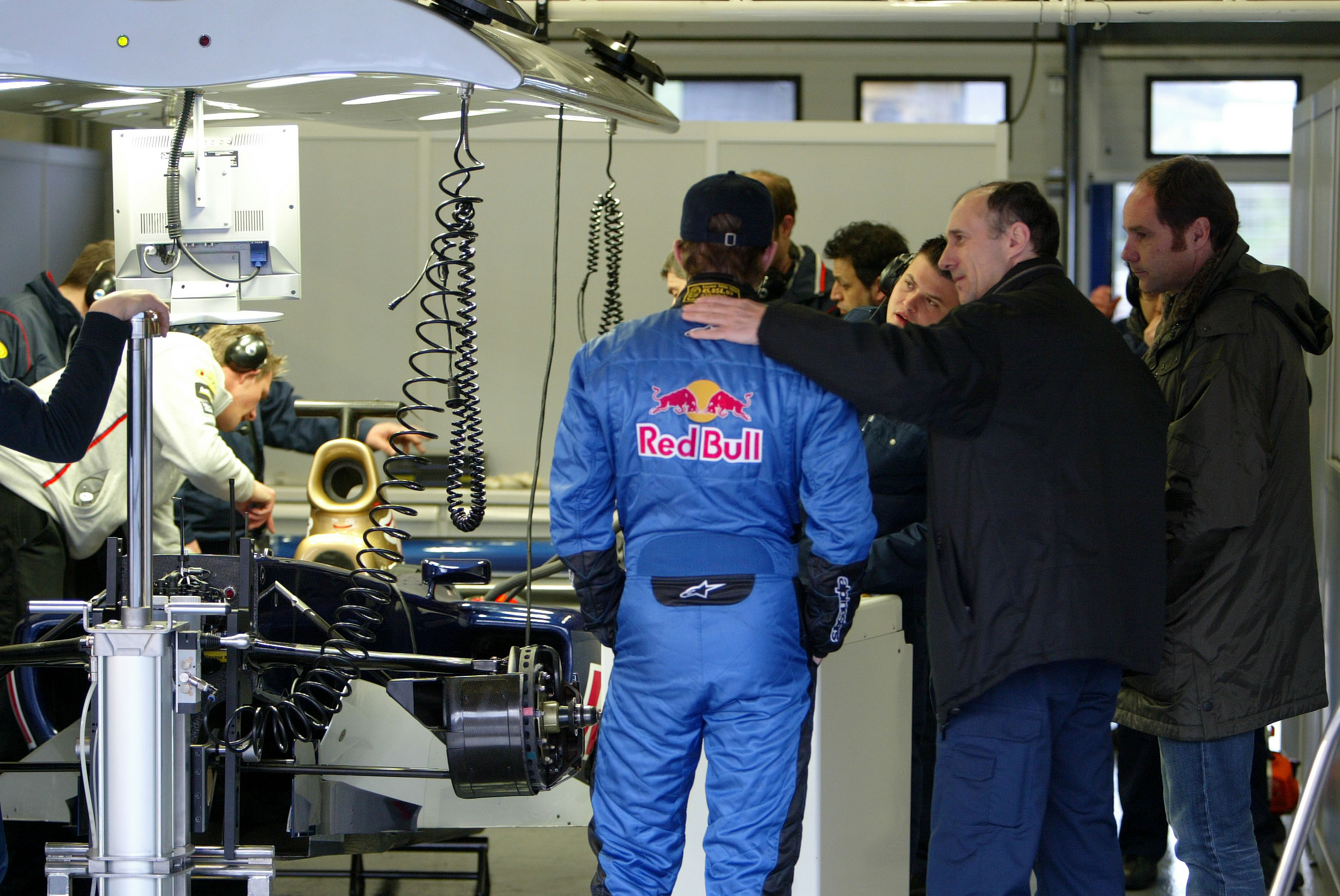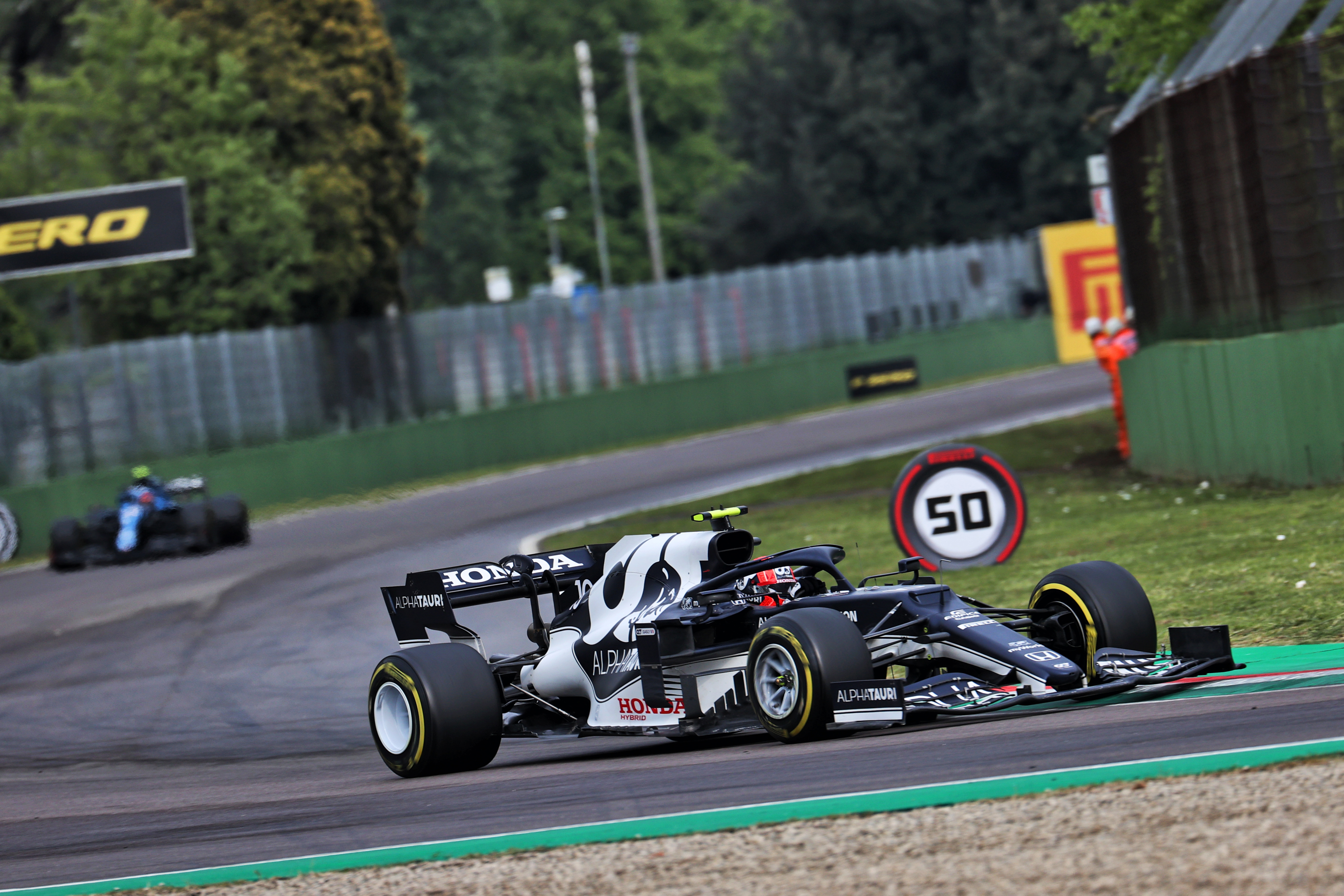Up Next

When Franz Tost accepted Dietrich Mateschitz’s offer of running Red Bull’s junior Formula 1 squad ahead of the 2006 season, it seemed unlikely to be a decision that would lead him to become not only a race-winning team boss but also the second-longest-serving team principal in F1.
That it has led him to the point where he can head off into retirement at the end of this year at the age of 67 is a testament to his unique leadership style.
It would have been easy for Tost to have shrugged his shoulders and accepted the ex-Minardi team was forever doomed to be a minnow. After all, its brief was to exist as a training ground for Red Bull’s driver stable and it was always going to be Mateschitz’s second team. But shrugging acceptance has never been Tost’s way of doing things.
Straight-talking and direct to the point where he could be obtuse, see his comments last month about not trusting his engineers for proof of that, Tost is a very particular kind of team leader.
In the modern world, his old-school, hard taskmaster approach appears increasingly incongruous. There are times when those working for him roll their eyes at some of his public statements, but he gives 100% of himself to the role and expects the same from those working for him. Right or wrong, that’s his way of doing things.

Nobody can deny Tost’s passion for his team or motorsport as a whole. When he says he’d be happy for there to be a grand prix every weekend amid concerns about F1’s expanding calendar and the resulting workload, he’s only half-joking. He has imbued the team with that same determination, which is essential to stave off the air of stagnation that could pervade if it was accepted this is nothing more than a second-team and bit-part F1 player.
Tost brought a broad range of motorsport experience and skills when he took over the role. He was a driver good enough to win the 1983 Austrian Formula Ford Championship but was not, by his own reckoning, F1 material. That led to a quick switch to running F3 operations, first with Eufra Racing Team, which won races with its own chassis in the German championship, then Willi Weber’s WTS squad. That led to Weber appointing him Ralf Schumacher’s handler, which brought Tost into F1 in 1997 and later led to him becoming BMW track operations manager.
But he had long had connections with Mateschitz, which had led to discussions of a far earlier switch to F1 with Sauber when Red Bull was involved in the team. So when Mateschitz asked him to run Toro Rosso, it was an easy decision for Tost.
The early years were not straightforward. Minardi had always been an F1 minnow, but by the time Paul Stoddart sold the team to Red Bull, it was in particularly bad shape. It was an opportunistic acquisition and justified on the basis of training young drivers and maximising synergies with Red Bull Racing. There was no strategy beyond that and it was up to Tost to create one.

In the early years, that meant running Red Bull machinery at a time when customer cars were legal. In 2008, the combination of Sebastian Vettel, Ferrari power and some sharp technical leadership from Giorgio Ascanelli, formerly Ayrton Senna’s McLaren race engineer, made Toro Rosso a winner.
Not only did Vettel take victory in the 2008 Italian Grand Prix, but his incredible form over the second half of the season meant Toro Rosso beat Red Bull in the constructors’ championship.
The team was never going to be able to build from that. The ban on customer cars in 2010 meant Toro Rosso had to reinvent itself as an independent constructor.
This was a huge task, one Tost oversaw effectively. Growth had to be controlled and strategic for a team that was, at times, bursting at the seams. Inevitably, it led to some difficult times but the AlphaTauri team in Faenza today is almost unrecognisable from the one that he took over in 2006.
From 2009-2018, Toro Rosso bounced around between seventh and 10th in the constructors’ championship with patchy results contrasting alarmingly with some hugely ambitious, and publicly stated, targets set by Tost.
But Honda’s separation from McLaren was the key moment, allowing Toro Rosso to run its engines exclusively in ’18 to pave the way for them being used by Red Bull in 2019. Combined with a renewed push to collaborate more closely with Red Bull and use a greater number of listed parts, this laid the foundations for a golden period for Toro Rosso.

From 2019-2021, AlphaTauri was a strong midfielder. The peak came in 2021, when it had a car that was, on pace, up there with Ferrari and McLaren in the battle for third-fastest.
That only translated to sixth in the 2021 championship, but Pierre Gasly’s 2020 victory at Monza, which owed more to good fortune than Vettel’s dominant win 12 years earlier, was a just reward for the team’s overall efforts in that period.
The new ground effect regulations have hit AlphaTauri hard, but Tost has continued to demand high standards and better results. While his comments about lacking confidence in his engineers can’t have been helpful, they are his way of driving the team forward.
Tost sees himself not as a hard taskmaster, but a realistic one who expects the people working for him to deliver what they promise. Perhaps the time for that kind of leadership is passing, making his retirement at the end of the year well-timed.
But you can legitimately question whether the AlphaTauri team would be here at all today – or at least, if it would be in a completely different form – without Tost’s unique style of leadership.







